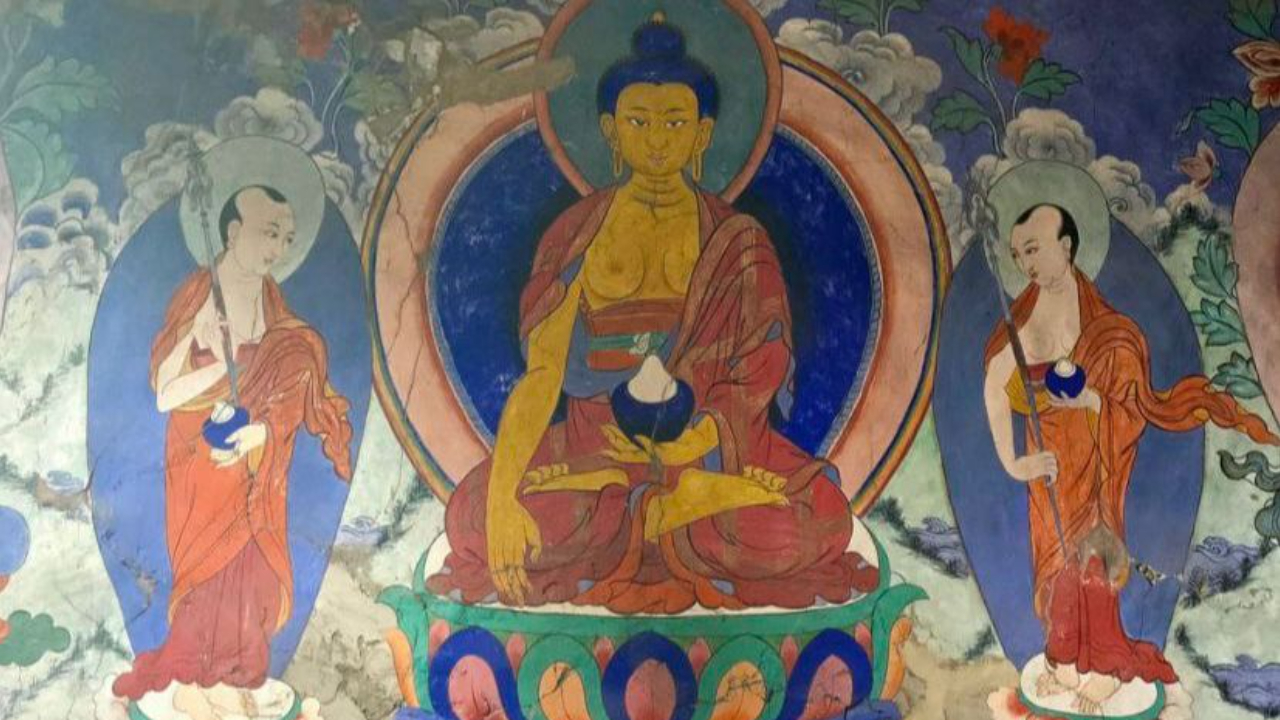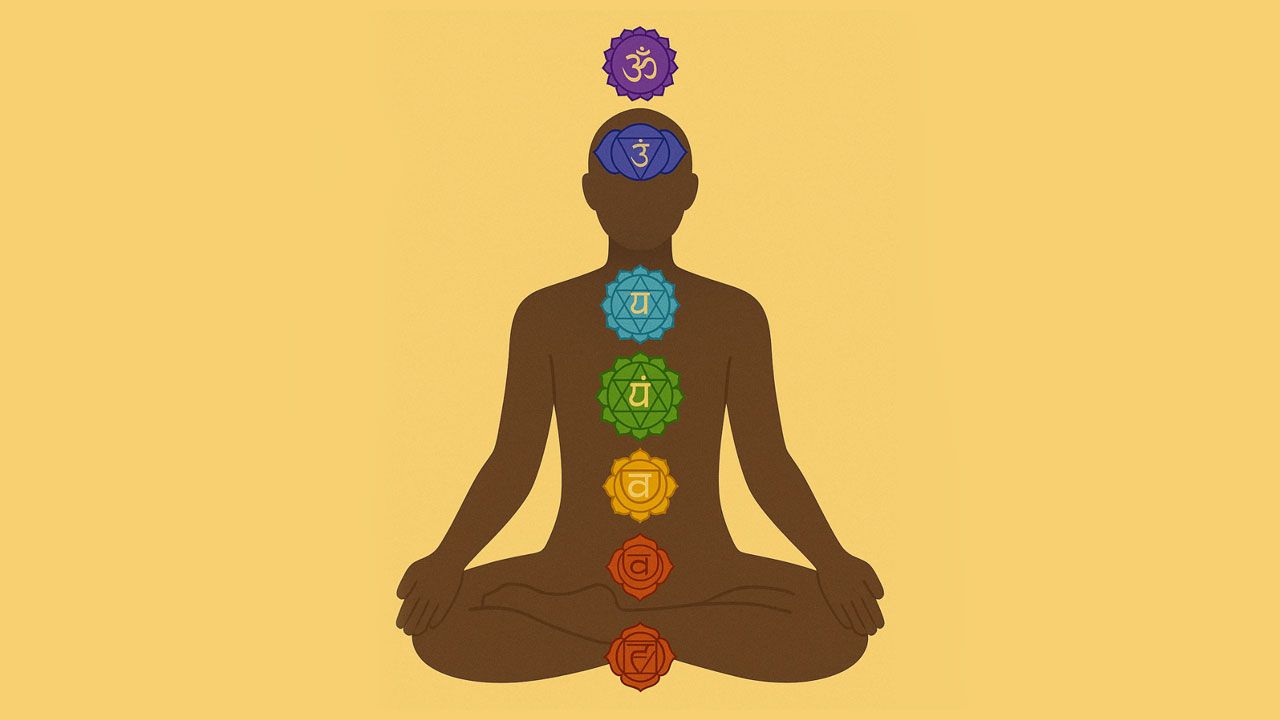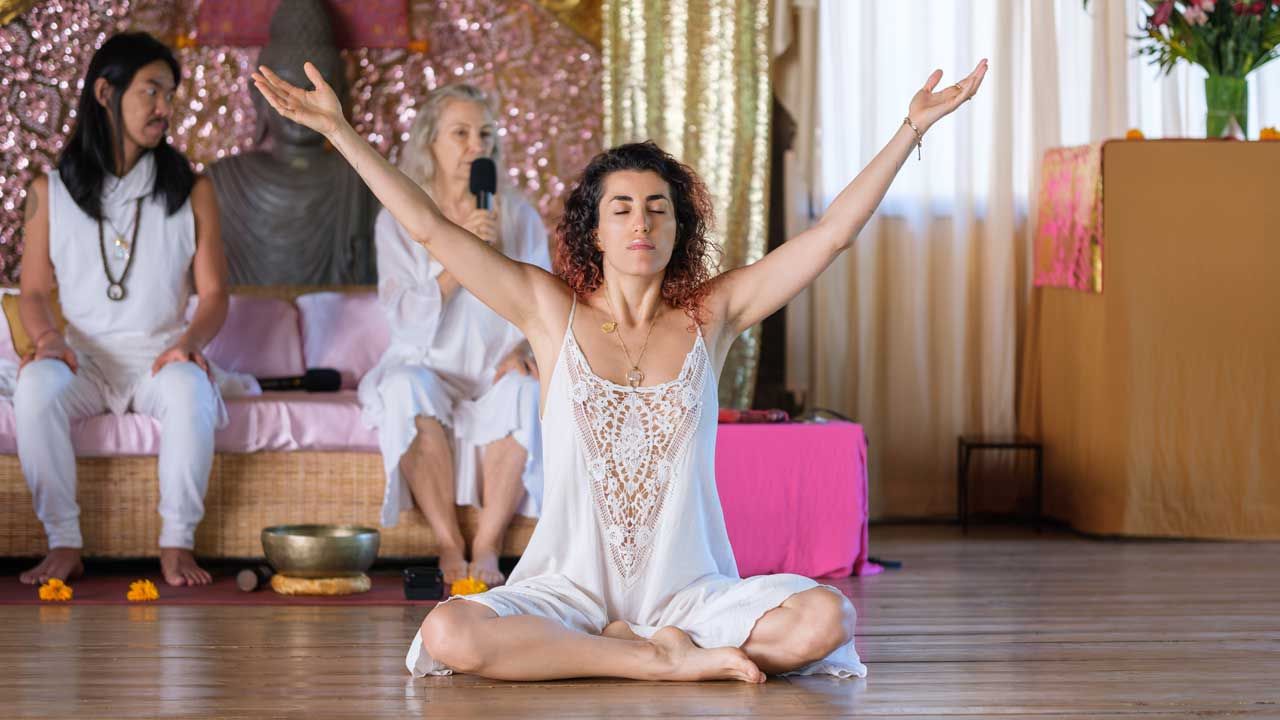Symbolism of the Serpent of Kundalini: What It Means for You
Mar 13, 2025
The serpent of Kundalini is a symbol of raw potential, transformation, and liberation. Kundalini is a coiled serpent, resting at the base of your spine, holding the essence of who you are and everything you’re capable of becoming.
In ancient traditions, the serpent represents both the power to destroy what no longer serves you and the ability to create something entirely new. It is the energy of life itself, waiting for your permission to rise.
Why a serpent? This creature, often misunderstood, embodies deep wisdom, sensuality, and the cycle of renewal. Just as a snake sheds its skin, awakening your Kundalini allows you to shed layers of emotional blockages, shame, and societal conditioning that keep you disconnected from your true self.
The spiral motion of the coiled serpent mirrors the energy’s upward journey through your chakras, unlocking vital centers of power, pleasure, and purpose.
This symbolism is critical because it reminds us of our potential to transform. The serpent is not passive, it is dynamic, unrelenting, and alive. As it awakens and ascends. When you awaken the serpent of Kundalini, you’re stepping into your full power.
Understanding the Kundalini Serpent
Kundalini, in its simplest form, refers to the dormant power or energy residing within every human body. This energy, often depicted as a coiled serpent resting at the base of spinal cord or the spine, symbolizes potential waiting to be unleashed. The term Kundalini itself translates to "Serpent Power" in Sanskrit.
The origins of Kundalini Shakti are deeply rooted in ancient Hindu texts such as the Upanishads, written between the 9th and 7th centuries BCE. The Shvetashvatara Upanishad describes the concept of an inner fire and upward-moving energy:
"When the fire in the body is ignited, it ascends upward like a flame. It is this upward movement of energy that unites with the eternal.” It further states: “When the mind becomes still, and the breath enters the center (Sushumna), the energy rises, leading to liberation.”
The Shaiva and Shakta traditions later expanded upon these ideas. The Shiva Samhita explains:
"When Kundalini is awakened, all the lotuses (chakras) and knots are pierced, and the mind becomes steady. This is the pathway to liberation.” Similarly, the Hatha Yoga Pradipika calls Kundalini the "sleeping serpent" whose awakening leads to enlightenment: "Kundalini is the goddess, the sleeping serpent. When she is aroused, she traverses upward through the chakras, granting liberation.”
In the Shakta tradition, Kundalini is seen as a manifestation of the divine feminine energy, as noted in the Devi Bhagavata Purana:
"The Kundalini is Shakti herself, coiled like a serpent at the base of the spine. She must ascend to meet Shiva at the crown, bringing union and illumination.”
Symbolism of the Coiled Serpent

The Kundalini serpent is a symbol of transformation, rebirth, and healing. Resting as a coiled serpent at the base of the spine, it illustrates the dormant potential and immense power within every individual. The spiral nature of the coiled serpent represents the energy’s ability to rise and ascend through the body, transforming and renewing your own life force in the process.
In various cultures, serpents are recognized as symbols of transformation and rebirth. When the Kundalini awakens, it is said to move upward, piercing through the different chakras and ultimately reaching the crown chakra, or the “thousand petaled lotus,” representing the state of higher consciousness and enlightenment.
Abhinavagupta, a prominent 10th-century philosopher and tantric scholar, discussed Kundalini in terms of two primary movements:
- Upward-Moving Kundalini (Urdhva): This form is associated with expansion and spiritual ascent. When Kundalini energy rises through the central channel (sushumna nadi), it pierces the chakras, leading to higher states of consciousness and ultimately, liberation. This upward movement is often linked to the process of enlightenment, where individual consciousness merges with the universal consciousness.
- Downward-Moving Kundalini (Adha): Conversely, this form is associated with contraction. It represents the manifestation of consciousness into the physical realm, bringing the expansive spiritual insights gained through the upward journey back into one's daily life. This downward movement ensures that spiritual awakening is integrated, allowing for the embodiment of higher consciousness in everyday actions and experiences.
Techniques for Awakening Kundalini Energy

Meditation
Meditation offers a direct way to access and guide your inner energy. Visualization exercises are particularly effective, allowing you to picture the energy coiled at the base of your spine, slowly rising through the chakras. This mental focus trains your awareness and sets the stage for energy activation.
Chanting sacred mantras, such as Sat Nam or Om Namah Shivaya, generates vibrations that resonate within your body, activating vital energy centers and aligning them with the upward movement of Kundalini.
Hand gestures, known as mudras, such as Gyan Mudra (thumb and index finger touching), are used during meditation to direct energy flow and amplify its effects. Concentrating on the third eye, the ajna chakra, helps guide the energy upward while calming the mind.
Physical Practices
Yoga, like Hatha yoga or Kundalini yoga is integral to Kundalini awakening, focusing on strengthening and purifying the body to handle the intensity of rising energy and the kundalini process. Specific yoga postures, like Cobra Pose (Bhujangasana) and Bridge Pose (Setu Bandhasana), stimulate the spine and open energy pathways. These asanas ensure the central channel, the Sushumna Nadi, is prepared for Kundalini’s journey.
Breathwork, or pranayama, plays a crucial role in energizing and controlling Kundalini. Techniques like Alternate Nostril Breathing (Nadi Shodhana) balance the body’s energy channels, while Kapalabhati (Skull-Shining Breath) builds internal heat and activates dormant energy. For a more intense approach, Bhastrika (Bellows Breath) creates rapid energy movement, encouraging the Kundalini to awaken.
Adding bandhas, or energy locks, further supports this process. For example, Mula Bandha (root lock) involves contracting the muscles of the pelvic floor to direct energy upward, while Jalandhara Bandha (throat lock) prevents energy from dispersing, helping it stay focused within the body.
Advanced Yogic Techniques
For experienced practitioners, advanced methods like Khechari Mudra offer a deeper connection to Kundalini. This involves rolling the tongue back to touch the soft palate, which stimulates subtle energy centers in the brain and facilitates the production of amrita, a spiritual nectar associated with higher states of consciousness.
Another powerful technique is Shaktipat, a spiritual transmission from a teacher to a student. This initiation temporarily activates Kundalini, giving practitioners a direct experience of its potential and inspiring deeper commitment to their practice. Similarly, mantra initiation, or spiritual practices where a teacher assigns a specific mantra tailored to the practitioner’s energy, can greatly enhance the awakening process.
Meditation Recommendation: Osho Kundalini Meditation

Osho Kundalini Meditation is a powerful practice designed to activate dormant Kundalini energy, using a balance-focused Yin approach. Typically performed in the late afternoon, this meditation helps individuals unwind from the day and facilitates the flow of Kundalini energy. The practice lasts for one hour and consists of four distinct stages, combining physical movement and silence to promote energy flow and relaxation. You can purchase the music for this meditation on the Osho website.
Phases of Osho Kundalini Meditation
The first phase of Osho Kundalini Meditation involves shaking the body for 15 minutes, allowing energy to rise while remaining relaxed. This physical movement helps to release tension and activate the dormant Kundalini energy, preparing the body for the subsequent stages of the meditation.
In the second phase, participants engage in free-flowing dance for 15 minutes, expressing the energy that has been activated. This phase encourages the free flow of energy throughout the physical body, promoting a sense of liberation and joy.
The third phase consists of 15 minutes of silent meditation, focusing on inner awareness without physical movement. This stillness and deep meditation allows practitioners to tune into their inner selves and deepen their connection to the awakened energy.
The final phase is a deep relaxation lasting 15 minutes, allowing the energies to settle while maintaining a meditative state. This sequence of phases ensures a holistic and balanced approach to awakening and integrating Kundalini energy.
Summary
The serpent is one of the most ancient and powerful symbols in human history, embodying transformation, renewal, and the infinite cycle of growth. In the context of Kundalini, the serpent represents the untapped energy coiled at the base of the spine, waiting for the right moment to awaken and rise.
The serpent’s coil symbolizes potential divine energy within, raw, dormant, and ready to be activated. Each movement upward signifies a breakthrough: an old pattern released, a new awareness gained, and a deeper connection to your inner power. Kundalini awakening fast tracks spiritual growth, but always be cautious and aware of how you integrate this profound spiritual energy.















